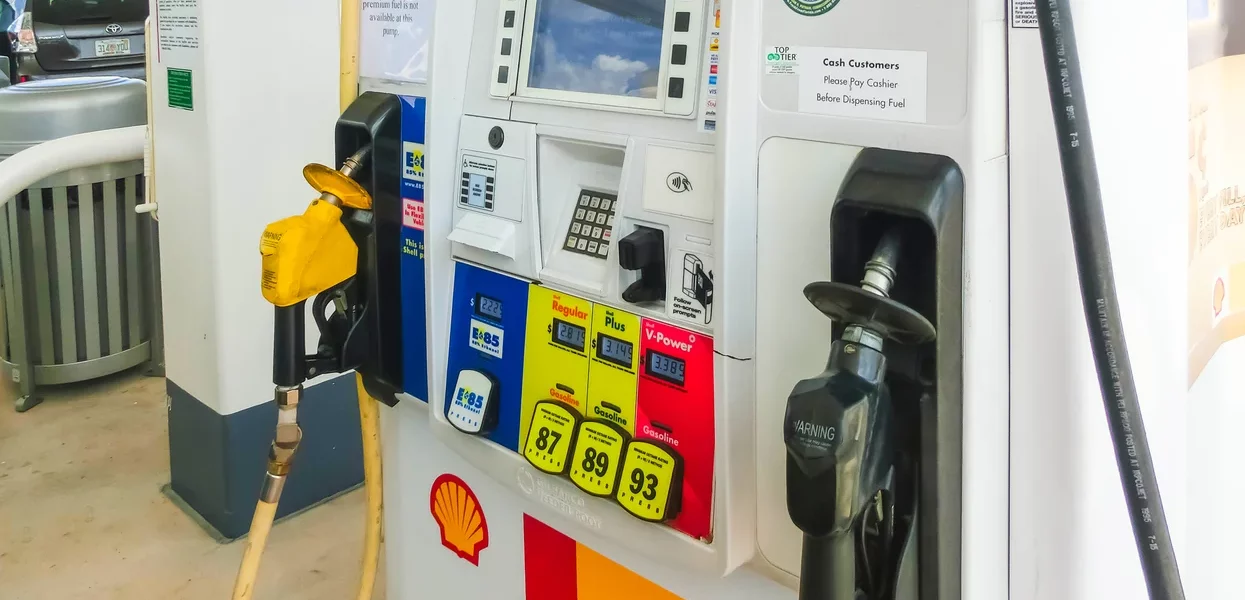I’ve been tracking fuel consumption the last few months in light of rising fuel prices that has begat an endless parade of “pain at the pump” and “record high gas price” stories in the news. What we’ve been seeing really is the pain of captivity and record high auto dependency. With few options for most Missourians to accomplish trips by means other than driving, they are trapped.
NextSTL – Fuel demand in Missouri remains robust despite “high” prices
NextSTL – Near record demand continues despite high? gas prices
NextSTL – Record Gas Prices Didn’t Decrease Fuel Sales in Missouri
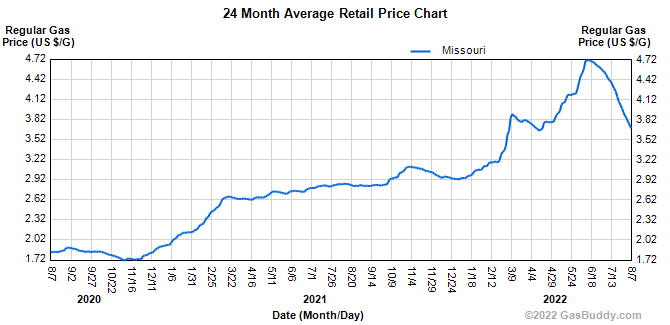
The average gas price in Missouri in June was about $4.60 per galloon, while last June it was about $2.75, a 67% increase.
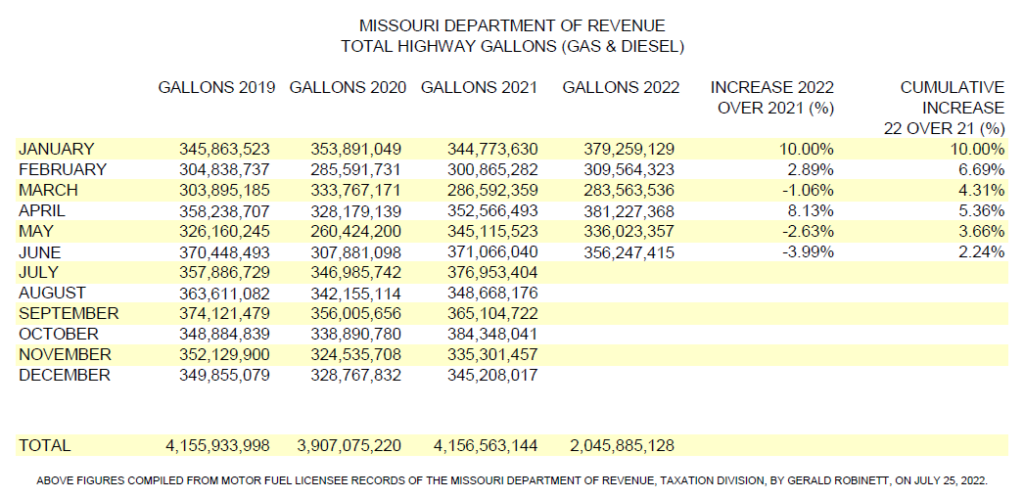
May and June were down from 2021, 2.63% and 3.99% respectively. Maybe prices have reached a level to have an effect on demand. Still 2022 year-to-date fuel sales are 2.24% above 2021. For June a 3.99% drop in consumption with a 67% increase in price for an elasticity of -0.06 shows how inelastic demand is in the short term.
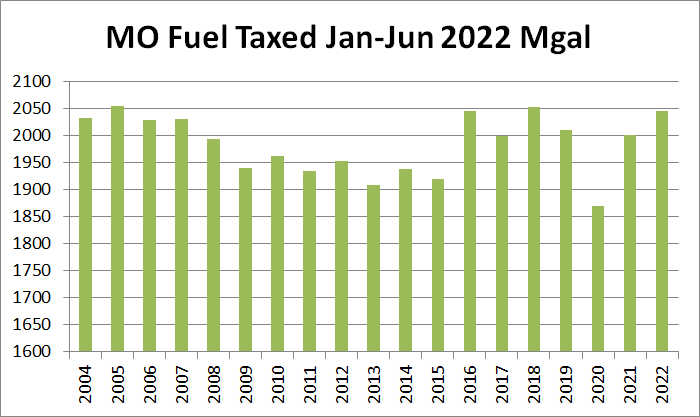
2022 year-to-date is near the top for the last 19 years.
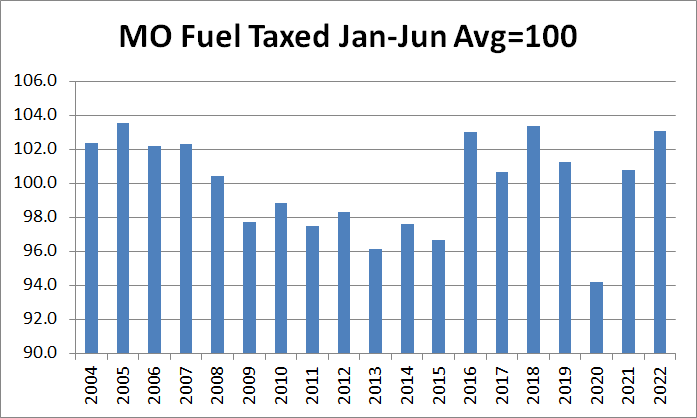
2022 year-to-date is 3.1% above the average of the last 19 years.

The $1.85 per galloon increase over last year in June (2.5 cents was the gas tax increase from last October) with 356.2M gallons sold means $659M more spent on fuel with little additional utility. That’s inflation. Everyone is aware of that this year. What’s extra bad for Missourians who don’t own stock in oil companies is that since the state has no oil production and no oil refineries, almost all that wealth left the state instead of circulating in the local economy. Missouri’s two largest metropolitan areas are among the top five in single-occupancy car commutes. The state’s decades long effort to social engineer endemic car dependency is a drag on the state’s economy. This self harm has rendered Missourians more vulnerable to fuel price volatility and has made the economy more fragile.
While we are at the mercy of fuel prices at the state and local level, we do have control over how we build places and how practical other modes of transportation are. There is a glimmer of hope- e-bikes are gaining popularity and are replacing car trips and cars altogether.
NextSTL – E-biking in St. Louis: Stories from E-bike Commuters and Store Owners
StlToday – Shifting gears: St. Louis cyclists join trend toward electric bikes
Government policies, priorates, and spending have played a large role in creating the inelasticity we’re seeing. With election season coming up, be sure to ask candidates what they plan to do to reduce your captivity to car and fuel prices.
